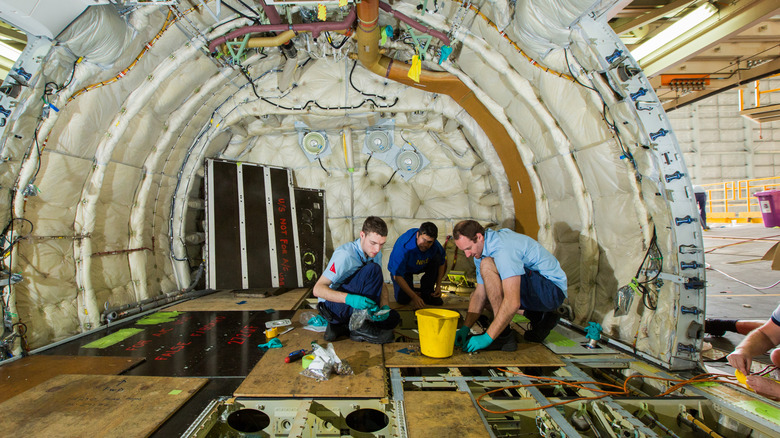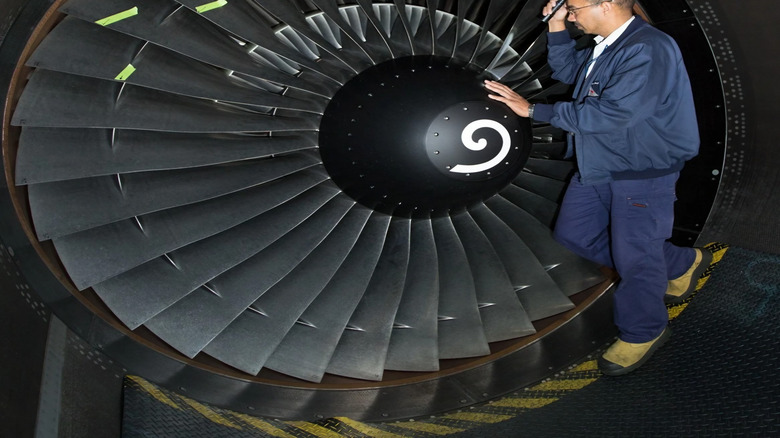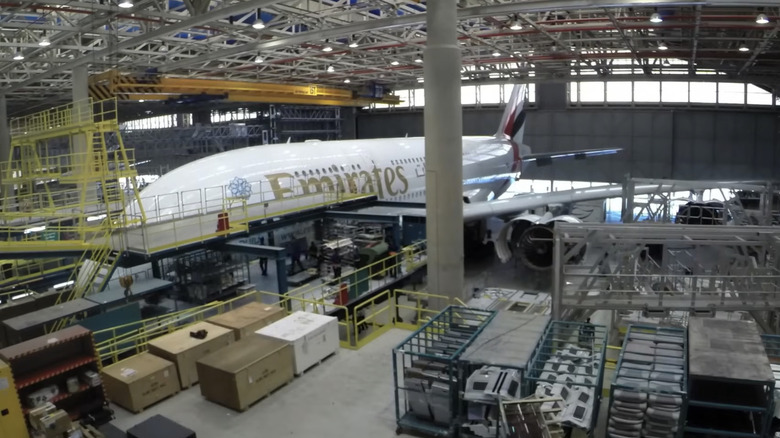How Are Airplanes Maintained? (And How Often Is It Done?)
Given how your average commercial airliner contains over a million parts, it's no surprise that keeping them airworthy takes a small army. In fact, Boeing estimates that the commercial aviation industry will need 626,000 new maintenance technicians by 2040. The mission is straightforward and involves detecting and resolving issues before they become a problem. Aircraft aren't only examined when something goes wrong — a preventive approach helps avoid costly delays and, more importantly, ensures safety.
Maintenance ranges from routine fluid checks to comprehensive inspections that involve stripping a plane down to its frame. The entire process is governed by strict regulations, following standards set by both aviation authorities like the FAA, and the aircraft manufacturers themselves. Airlines must adhere not only to their internal protocols but also to federal requirements, manufacturer service bulletins, and recurring inspection cycles. It's a lot, but it is essential and can prevent problems from happing while in the air, which is obviously a worst-case scenario.
How a plane earns its next takeoff
Aircraft maintenance is a layered, multi-phase system consisting of both daily care and deeper, more invasive servicing. Broadly speaking, it splits into two categories: line maintenance and base maintenance. Line maintenance happens frequently and includes those essential daily and pre-flight inspections. Qantas policy dictates that technicians check everything from fluid levels to emergency equipment before a plane even leaves the gate.
On the more intensive side of things is base maintenance, which pulls an aircraft out of service for extended checks and repairs. This is where planes undergo structural inspections, engine component repairs, and sometimes even interior refurbishments. In some cases, a plane might be out of service for days or even months depending on the scope of work. Base maintenance is what keeps old, heavily used airplanes safe and dependable.
Again, all this is guided by complex maintenance programs that determine not just what needs to be done, but when and how often, based on data points like flight hours, takeoff/landing cycles, and aircraft age. This means the frequency of these tests varies greatly depending on the type of aircraft and the type of maintenance itself.
How often is often enough in aviation
The FAA mandates regular maintenance inspections to ensure the safety and airworthiness of aircraft, including an annual inspection and a 100-hour inspection for certain aircraft. Commercial aircraft also follow other defined maintenance schedules. Generally, they undergo around 12 hours of line maintenance each week, which includes routine checks like the A and B Checks. The A Check occurs every 500–800 flight hours, or about every two months, depending on the aircraft's usage, and can take anywhere from 6 to 12 hours. This covers system lubrication, filter replacements, emergency equipment checks, and other essentials.
Meanwhile, the B Check, once a more common procedure, has largely been integrated into or replaced by enhanced procedures within the A Check or other types. These happen every 4 to 6 months and take a full day and around 150 man-hours. Moving into heavy maintenance, C Checks are performed every 18 to 24 months, and they're no joke. These checks take up to three weeks and require nearly 6,000 hours to complete. Planes are essentially stripped and scrutinized nose to tail.
Then there's the monster: the D Check. This is a full disassembly of the aircraft every 5 to 12 years depending on the aircraft model. Everything comes out, including seats, galleys, and lavatories. The skin of the plane is examined, the landing gear and engines are removed, and all systems are either repaired or replaced. It can take 100,000 labor hours and cost several million dollars.


